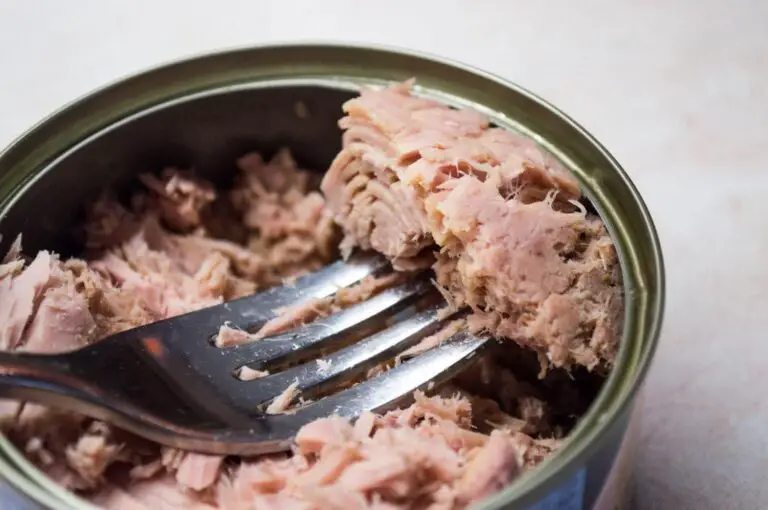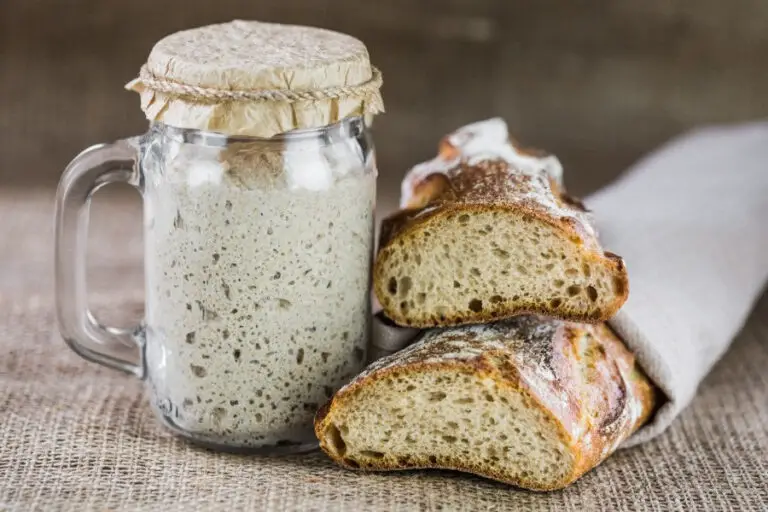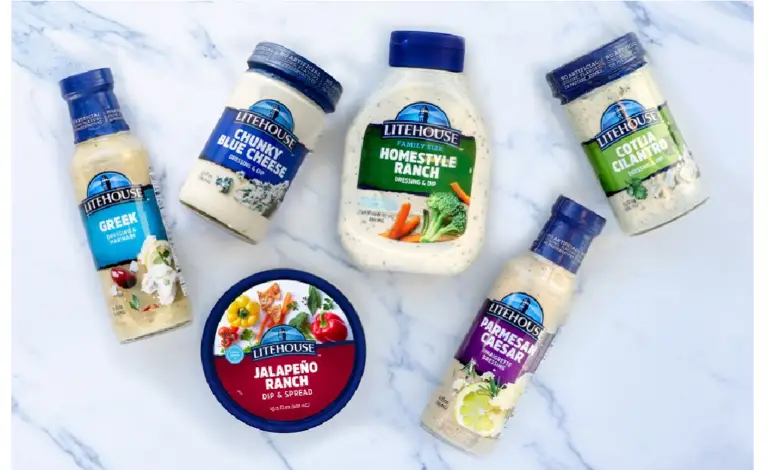Unopened Expired Coconut Flour: Should You Keep or Toss It?
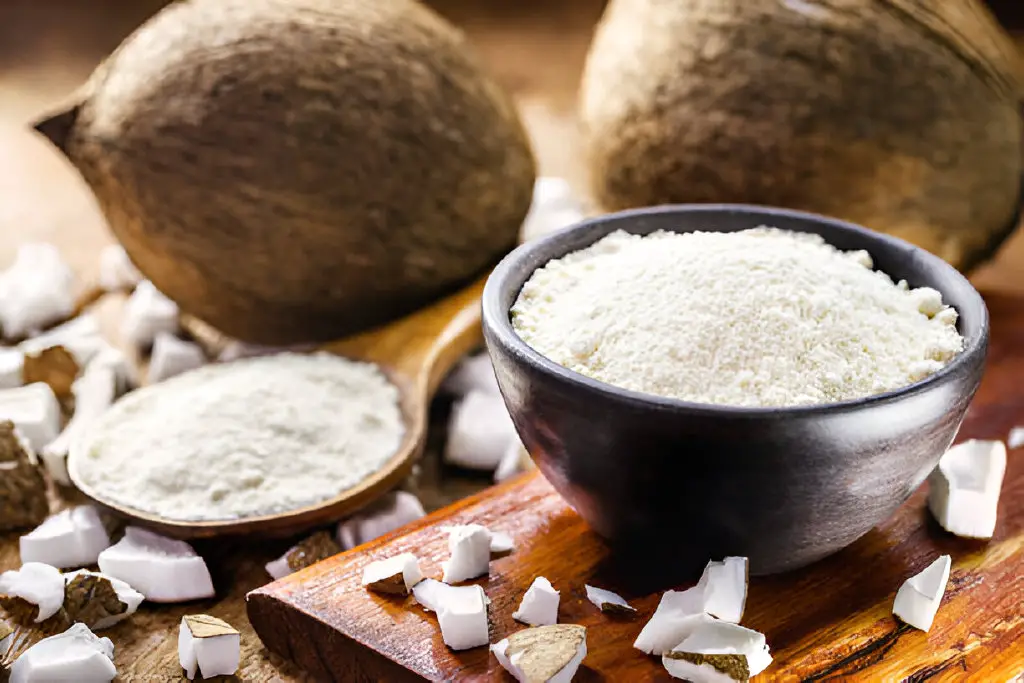
Coconut flour is popular as an alternative to wheat flour. This is especially true for those on gluten-free or low-carb diets. Its mild flavor and unique texture make it a versatile ingredient in various recipes, from baked goods to savory dishes. However, like all food products, coconut flour comes with an expiration date.
If you find yourself with an unopened bag of expired coconut flour, you might wonder whether it’s still safe to use or if it should be discarded.
Reading this article, you will find valuable insights. They are about dealing with unopened, expired coconut flour. We’ll look at the shelf life of coconut flour. We’ll discuss signs of spoilage. We’ll provide tips on using expired pantry items safely. This knowledge will empower you to make the most of your ingredients while maintaining food safety standards in your kitchen.
Introduction of Coconut Flour and Its Usages
Many people use coconut flour instead of wheat flour. It’s known for its rich, nutty flavor and nutrition. Often used in gluten-free and low-carb baking, coconut flour is a versatile ingredient that can be found in a variety of recipes, from pancakes and muffins to bread and cookies. Its high fiber content and natural sweetness make it a favorite among health-conscious bakers.
Knowing expiration dates is crucial for food safety. This is true for ingredients like coconut flour. Using expired food products can lead to potential health risks, including food poisoning. Expiration dates provide a guideline for the best quality and safety of the product. They ensure that it is consumed when it is at its peak freshness and nutritional value.
Minding expiration dates helps prevent eating spoiled food. It can harbor harmful bacteria and toxins. This is particularly important for pantry staples like coconut flour, which may not always show obvious signs of spoilage.
Understanding Coconut Flour Expiration Dates
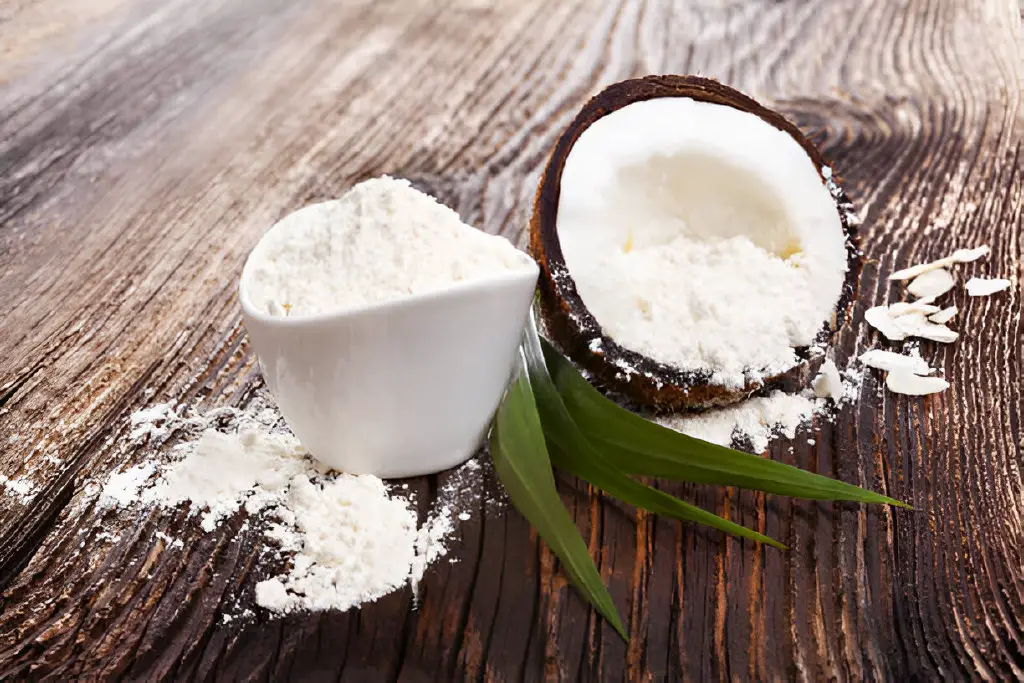
Types of Expiration Dates
Manufacturers use different labels to guide consumers on the optimal time to use their products. These include:
- Sell-By Date: Indicates how long a store should display the product for sale. It’s not a safety date.
- Use-By Date: The last date recommended for using the product while it’s at peak quality.
- Best-By Date: Suggests when the product will be at its best flavor or quality.
What Do These Dates Mean for Coconut Flour?
For coconut flour, these dates primarily indicate the period during which the flour is expected to remain at its best quality. Beyond this date, the flour might still be safe to use, but its flavor, texture, and nutritional value could diminish.
| Read: What Happens if You Eat Raw Flour? |
Shelf Life of Coconut Flour
Unopened Coconut Flour
Unopened coconut flour can last well beyond its expiration date if stored properly. Here’s a general guide to its shelf life:
| Type of Coconut Flour | Pantry Shelf Life (Past Expiration Date) |
| Unopened | 6-12 months |
| Opened | 3-6 months |
Proper Storage
Proper storage is crucial for extending the shelf life of coconut flour. Keep it in a cool, dry place, away from direct sunlight and heat sources. For added protection, store it in an airtight container to prevent exposure to moisture and pests.
Signs Coconut Flour Has Gone Bad
Even if your coconut flour is past its expiration date, it might still be usable. However, it’s important to check for signs of spoilage:
Appearance
- Color: Fresh coconut flour is typically a creamy white or light tan color. If it turns yellow or develops dark spots, it may be spoiled.
- Clumps: Clumps are natural, especially in high-humidity. But, too many could mean moisture exposure and spoilage.
Smell
- Odor: Coconut flour should have a mild, slightly sweet, and nutty aroma. A sour, rancid, or off smell is a clear indicator that the flour has gone bad.
Taste
- Flavor: If the appearance and smell seem fine, a small taste test can help. Any bitterness or off-flavor suggests spoilage.
Using Expired Coconut Flour Safely
Assessing Quality
Before deciding to use expired coconut flour, thoroughly assess its quality using the signs mentioned above. If it passes the visual, smell, and taste tests, it’s likely safe to use.
Cooking and Baking
Using expired coconut flour in cooking and baking can reduce risks. High heat can kill any bacteria that might have developed. However, the texture and flavor of your dishes may be slightly affected if the flour has degraded in quality.
Recipes for Using Older Coconut Flour
Coconut Flour Pancakes
Ingredients:
- 1/4 cup coconut flour
- 1/2 teaspoon baking powder
- 1/4 teaspoon salt
- 4 large eggs
- 1/4 cup milk (dairy or non-dairy)
- 1 tablespoon honey or maple syrup
- 1 teaspoon vanilla extract
Instructions:
- In a bowl, whisk together coconut flour, baking powder, and salt.
- In another bowl, beat the eggs, then add milk, honey, and vanilla extract.
- Gradually mix dry ingredients into the wet mixture until smooth.
- Heat a skillet over medium heat and lightly grease it.
- Pour small amounts of batter onto the skillet and cook until bubbles form on the surface. Flip and cook until golden brown.
Coconut Flour Muffins
Ingredients:
- 1/2 cup coconut flour
- 1/2 teaspoon baking soda
- 1/4 teaspoon salt
- 4 large eggs
- 1/4 cup coconut oil, melted
- 1/4 cup honey or maple syrup
- 1 teaspoon vanilla extract
- 1/2 cup mashed banana or applesauce
Instructions:
- Preheat the oven to 350°F (175°C) and line a muffin tin with paper liners.
- In a bowl, combine coconut flour, baking soda, and salt.
- In another bowl, whisk together eggs, melted coconut oil, honey, vanilla extract, and mashed banana or applesauce.
- Gradually add the dry ingredients to the wet mixture until well combined.
- Fill muffin cups about two-thirds full with batter.
- Bake for 18-20 minutes or until a toothpick inserted into the center comes out clean.
Alternative to Coconut Flour
Finding alternatives to coconut flour can be essential for various dietary needs and preferences. Almond flour is a popular substitute, offering a similar low-carb, gluten-free option with a slightly nutty flavor. It’s perfect for baking cookies, cakes, and bread, providing a moist texture and rich taste that complements many recipes.
For those looking for a nut-free alternative, oat flour is a fantastic choice. Made from ground oats, it’s gluten-free if certified, and it brings a mild, slightly sweet flavor to baked goods. Oat flour works well in muffins, pancakes, and even as a thickening agent for soups and sauces, making it a versatile addition to your pantry.
Another great alternative is chickpea flour, which is high in protein and fiber. It has a distinct, earthy flavor and is excellent for savory dishes like falafel, fritters, and flatbreads. Its binding properties make it a good choice for gluten-free and vegan recipes, adding both structure and nutrition.
Conclusion
Deciding whether to keep or toss unopened, expired coconut flour requires a bit of judgment and attention to detail. While expiration dates are a good guideline, they are not absolute indicators of spoilage. By assessing the appearance, smell, and taste of the flour, you can determine its usability.
Proper storage is key to extending its shelf life, ensuring you get the most out of this versatile ingredient. When in doubt, incorporating expired coconut flour or undercooked flour into cooked or baked dishes can help reduce potential risks, allowing you to continue enjoying its benefits without compromising safety.
Understanding the shelf life and spoilage signs of coconut flour empowers you to make informed decisions in the kitchen. Follow the tips in this article. They can cut waste and maximize your coconut flour’s utility. You can do this even after its printed expiration date.

